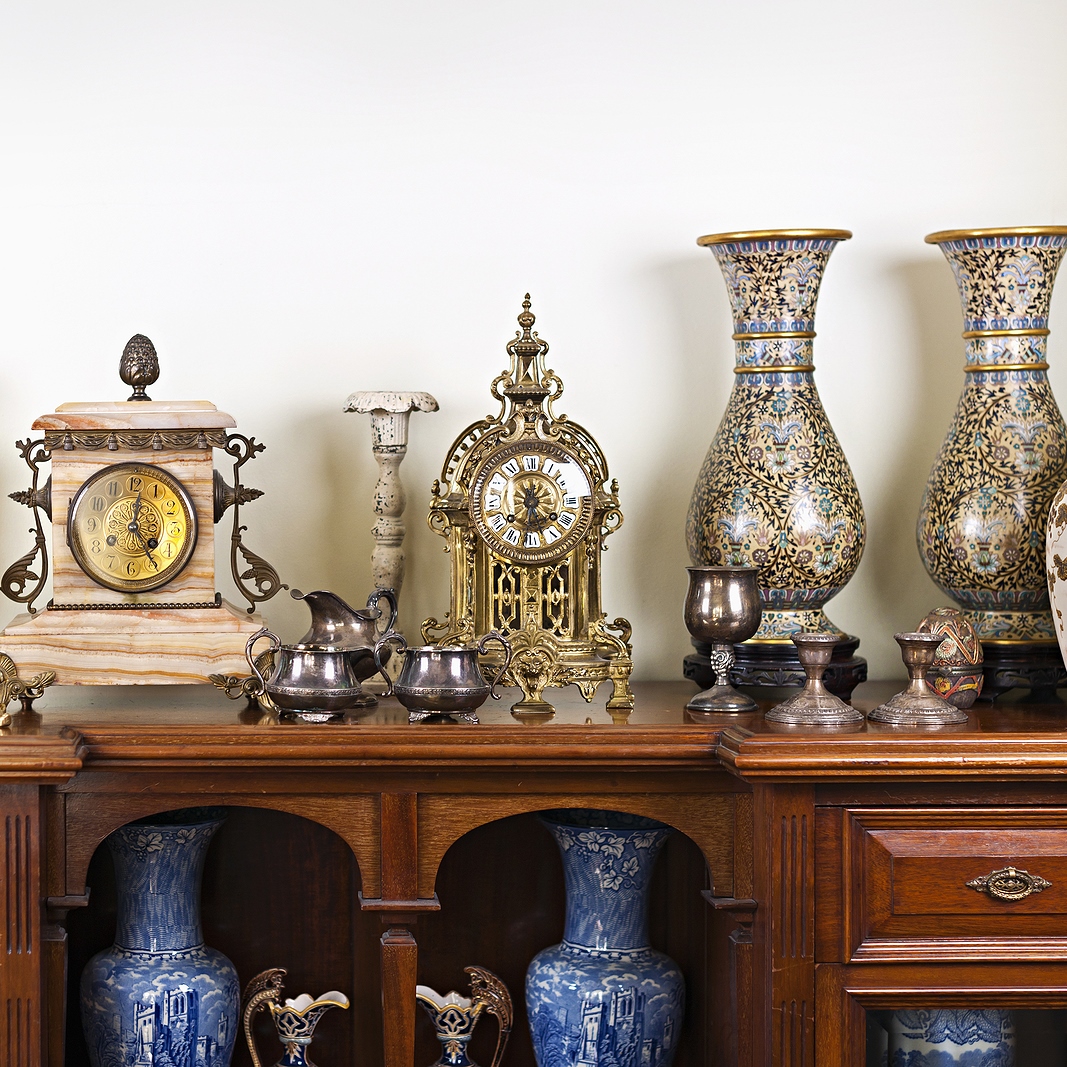
Building an antique collection from scratch takes a lot of time and resources: not only are antiques often expensive, but they can also be incredibly hard to come by. Once you find an antique object of your dreams, how do you make sure that those efforts do not go to waste? Today, we will answer some of the most popular questions about antique storage from the point of view of professional art handlers.
Questions About Antique Storage Answered by Expert Art Handlers
Do antiques require a controlled environment?
Absolutely! The older your antique object is, the more vulnerable it is to outside influences such as moisture, light, and abrupt temperature changes. This means that the way you organize your storage space should depend on the material your item is made from, as well as its size, weight, and shape. For example, wooden objects should be kept away from heat sources at all costs to prevent them from drying out. Make sure you store your piece according to its unique requirements.
How do you ensure a controlled storage environment?
If you want to store your antique collection at home, you might need to make some serious changes. For example, you must ensure that the room you chose for storage does not have any open vents or leaking pipes. Basements or attics will not work, as they are often way more humid than the rest of the house. You will also have to invest in some equipment, such as humidifiers (or dehumidifiers, depending on where you live) and storage systems.
How often should antiques be checked when in storage?
In specialized art storage facilities, professional art handlers monitor the condition of all items and keep detailed records. In an at-home environment, antiques should be checked regularly, preferably every couple of months, to ensure they stay in the same condition. This is especially important if they are stored for a long period. Inspect the items for any signs of damage like cracks, mold, or pest infestation, and take immediate action if you notice any issues.
As you can see, antique storage is not something you can completely figure out overnight. As your collection grows, you will continue to grow with it as a collector, learning new tips and tricks to better take care of it. Now is the perfect time to start!
